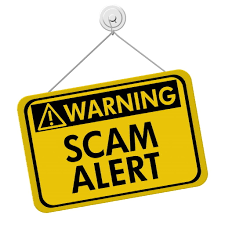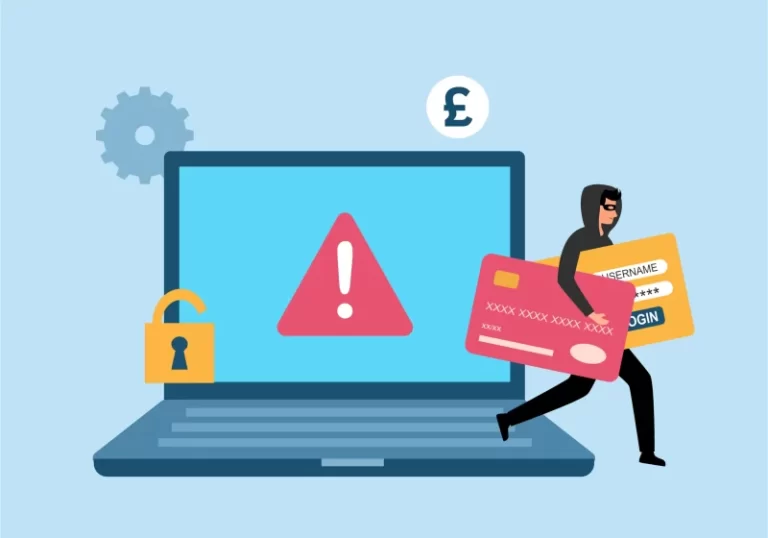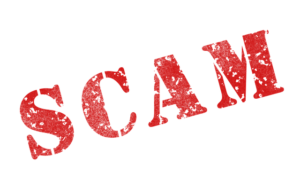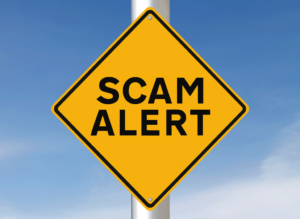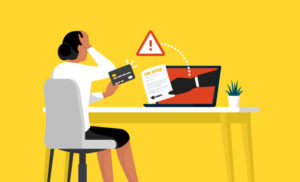Scam Alert : us9514901185421 , us9514 , 9011 , 85421 , Scam Alert, tracking number us9514901185421 , tracking number
Introduction
US9514901185421 : scams and fraudulent activities have become increasingly sophisticated, posing a threat to individuals, businesses, and even governments. One such scam that has been making the rounds is the us9514901185421 scam. This blog post aims to shed light on this scam, providing you with valuable information on how to recognize and avoid it.
Read more : https://yourstorybuzz.com/us9514961195221/
The us9514901185421 Scam Unveiled
The us9514901185421 scam, like many others, takes advantage of the unsuspecting victims’ trust and ignorance. It typically operates through various channels, including emails, phone calls, and even social media platforms. The primary goal of this scam is to trick individuals into divulging their personal and financial information, which can then be exploited for fraudulent purposes.
How Does the Scam Work?
- Unsolicited Emails or Messages: The us9514901185421 scam often begins with an unsolicited email or message. The message may claim to be from a reputable organization, such as a bank, government agency, or a well-known company, and it usually contains alarming information or a tempting offer.
- Urgency and Fear Tactics: Scammers create a sense of urgency or fear to pressure the victim into taking immediate action. They may threaten legal action, claim that your account has been compromised, or promise incredible financial rewards.
- Phishing Links: The email or message typically contains links that lead to fake websites that closely mimic legitimate ones. These websites are designed to collect your personal and financial information when you enter it.
- Fake Customer Support: Scammers may provide a phone number and claim to be customer support representatives. When victims call, they are coerced into providing sensitive information.
- Identity Theft and Financial Loss: Once scammers have your information, they can use it to commit identity theft, drain your bank accounts, or open lines of credit in your name, leading to significant financial loss and emotional distress.
How to Spot the us9514901185421 Scam
Recognizing the us9514901185421 scam is crucial to protecting yourself from falling victim to it. Here are some common signs that should raise suspicion:
- Unsolicited Communication: Be wary of any communication that you did not initiate or expect, especially if it involves sensitive information.
- Spelling and Grammar Errors: Scam emails often contain spelling and grammar mistakes that legitimate organizations would not make.
- Urgent Requests: Scammers often use urgency to pressure victims into quick decisions. Be skeptical of messages that demand immediate action.
- Suspicious URLs: Hover your mouse pointer over links in emails to see where they lead. Avoid clicking on links that look suspicious or do not match the claimed sender’s website.
- Verify the Source: If you receive a message claiming to be from a bank or government agency, independently verify the contact information and reach out to them through official channels to confirm its authenticity.
- Protect Personal Information: Never share sensitive information like passwords, Social Security numbers, or credit card details via email or phone unless you are certain of the recipient’s identity.
How to Protect Yourself
- Install and Update Security Software: Use reputable antivirus and anti-malware software to protect your devices from phishing attempts and other online threats.
- Educate Yourself: Stay informed about common scams and fraud tactics to recognize them when they appear.
- Use Strong, Unique Passwords: Create strong, unique passwords for your online accounts and consider using a password manager to keep them secure.
- Enable Multi-Factor Authentication (MFA): Whenever possible, enable MFA for your online accounts to add an extra layer of security.
- Report Scams: If you encounter a us9514901185421 scam or any other scam, report it to relevant authorities or organizations to help prevent further victims.
Conclusion
The us9514901185421 scam, like many other scams, preys on unsuspecting individuals by exploiting their trust and fear. By staying vigilant, educating yourself about common scams, and following best practices for online security, you can protect yourself and your loved ones from falling victim to such fraudulent schemes. Remember, if something seems too good to be true or feels suspicious, it’s essential to verify its legitimacy before taking any action.
FAQ
1. What is an online scam?
- An online scam is a fraudulent scheme conducted over the internet with the intent to deceive or steal from individuals or organizations. Scammers often pose as legitimate entities to trick victims into providing personal or financial information or making payments.
2. How can I protect myself from online scams?
- Here are some tips to protect yourself:
- Be cautious with unsolicited emails and messages.
- Verify the identity of the sender before sharing personal or financial information.
- Use strong, unique passwords for online accounts.
- Keep your computer and antivirus software up to date.
- Don’t click on suspicious links or download files from unknown sources.
- Research businesses or offers before making online payments.
- Be skeptical of deals that seem too good to be true.
3. What should I do if I suspect I’ve encountered an online scam?
- If you suspect you’ve encountered a scam:
- Do not share any additional personal or financial information.
- Report the scam to the appropriate authorities, such as your local law enforcement or the Federal Trade Commission (FTC).
- Change your passwords, especially if you’ve shared them with the scammer.
- Monitor your financial accounts for any unauthorized transactions.
4. How can I check the legitimacy of a website or company?
- You can:
- Look for contact information (address, phone number) on the website.
- Search for online reviews and ratings.
- Verify the website’s SSL certificate (https://).
- Check for spelling and grammatical errors on the website.
- Be cautious if the website asks for unusual payment methods.
5. Are there any common signs of online scams?
- Yes, common signs include:
- Unsolicited emails or messages asking for personal or financial information.
- Offers that promise unrealistic rewards or profits.
- Requests for payment via wire transfer or cryptocurrency.
- Poorly designed websites or emails with spelling errors.
- High-pressure tactics to make quick decisions.

